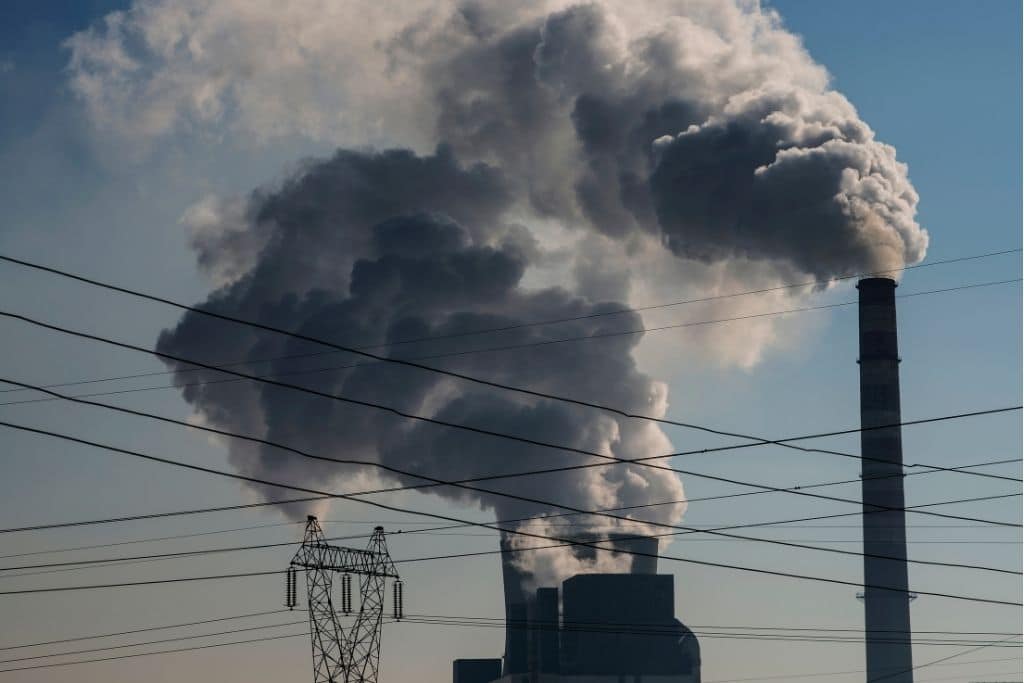Natural gas shortage and China’s energy crisis have driven global coal plant production capacity to surge last year, undercutting global net zero efforts.
—
The global capacity of coal power plants rose by nearly 1% in 2021 as the world recovered from the Covid-19 pandemic and increased attention on energy security, according to a report by a US environmental group Global Energy Monitor (GEM).
The research found that global coal plant capacity grew 18.2 gigawatts to about 2,100 GW or about 0.87% last year.
“It’s up by a small number,” said Flora Champenois, a GEM research analyst. “But it comes at a time when the world needs a dramatic fall in capacity, not any rise.”
The small spike can be attributed to a number of new coal plants that opened in China, which just about offset all the coal plant closures around the world in a global effort to cut down greenhouse gas emissions and limit global warming.
China, the world’s top emitter, has pledged to carbon peak by 2030 and to achieve carbon neutrality by 2060. But the country has recently turned back to coal, the dirtiest fossil fuel, due to its domestic energy crisis. To ensure power and heating supply for its residents, China has been increasing coal production capacity and built more than triple the amount of new coal power capacity as the rest of the world combined.
You might also like: Decarbonising Amid an Energy Crisis in China
At the same time, Russia’s invasion of Ukraine put the issue of energy security at the centre of the global stage, where countries including Germany have been reconsidering turning to coal again – instead of relying on nuclear power like the UK – to compensate for Russia’s natural gas.
Global demand for coal has been on the rise. In 2021, the world generated more electricity from coal than ever before, increasing 9% from the previous year, according to the International Energy Agency (IEA). Total coal consumption, which covers electricity generation and industrial uses, is also expected to grow by another 2% in 2022. The IEA projects the high levels will likely last through to at least 2024, which is at least 3 billion tons higher than a scenario reaching net zero by 2050.
The latest IPCC climate report warns that global greenhouse gas emissions must peak by 2025 and be to halved by the end of the decade for a chance to limit global warming to 1.5C.
Despite rising inflation, coal will also likely remain to be one of the relatively cheapest fuels available, according to Bloomberg. However, there has been some positive trends. The report highlighted how capacity of global coal plants being built in 2021 decreased by 13%, dropping from 525 GW in 2020 to 457 GW.


















